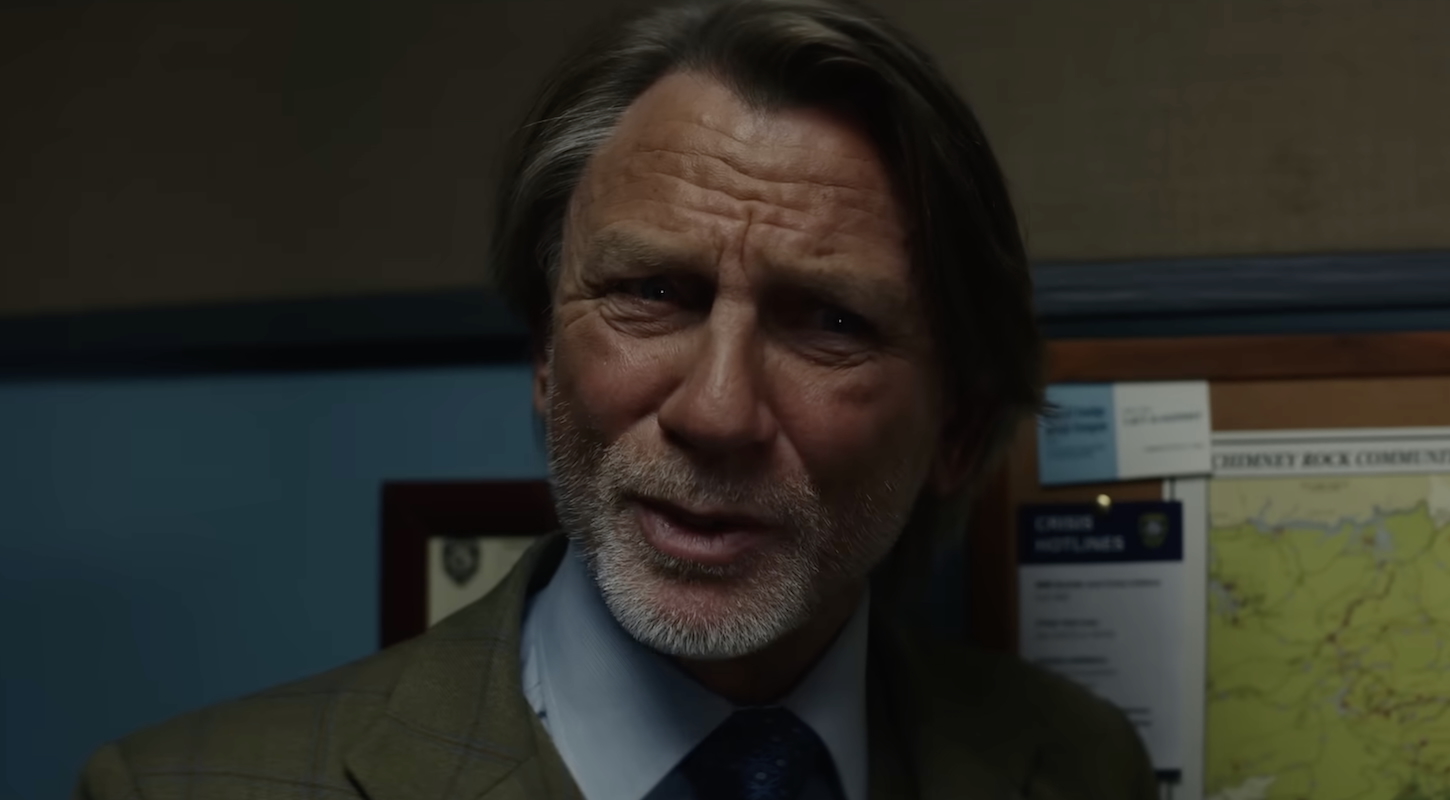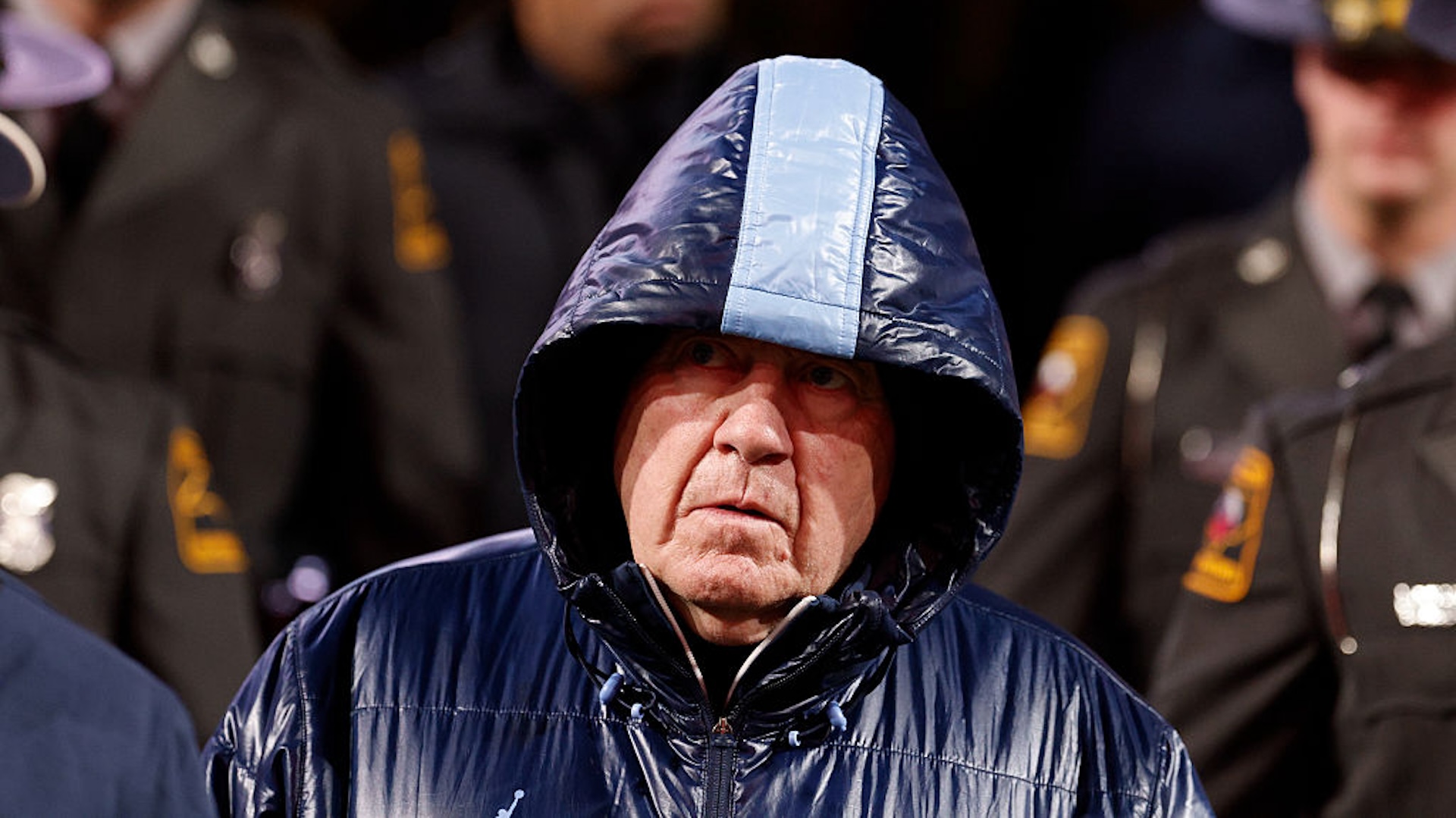On Monday night, Sean Manaea carried a no-hitter into but not out of the sixth inning in his first start with the New York Mets. Manaea was, in retrospect, not much more or less likely than any other big-league pitcher to throw a no-hitter. He's been good and he's been bad and now he is a Met, which are pretty much the "big three" of professional ballplayer experiences. If the last bit felt especially salient as I watched—in 62 seasons in Major League Baseball, the Mets have had just two no-hitters, a dazzling slog by Johan Santana in 2012 that might have wrecked his career and a deliriously janky five-headed combined effort in 2022—it is also just good policy to stick with any no-hitter you happen upon. It's not important which team won that game, but Manaea ultimately didn't even factor in the decision. Most outings that start to look like no-hitters end up looking something like this, and most pitchers won't ever throw a no-hitter. Manaea, for what it's worth, already had.
But, elsewhere in baseball on the very same night, a pitcher named Ronel Blanco did. If you're going by the depth chart, Blanco is something like the ninth starter on the Houston Astros. Enough pitchers ahead of him on that depth chart were injured that Blanco was the last player to make the team out of spring training; he's 30 years old and didn't sign with a big-league team until he was 22, and while he spent parts of the last two seasons in a swingman role with Houston, he was never nearly as effective stateside as he has been in the Dominican winter league. There are a lot of pitchers like this, too, and most of them never throw a no-hitter, either.
The Astros tinkered with Blanco's pitch mix, and he went out and dominated a very good Blue Jays lineup—that is, the Jays hit only three balls out of the infield all game—by throwing a rejiggered changeup, which he'd previously used only scarcely and mostly against lefties, as his number-one pitch. "It’s gotten more consistent," Astros pitching coach Josh Miller said of the change. "Still somewhat inconsistent, but nasty when it’s right." All seven of Blanco's strikeouts in the game came on that change; it was just his eighth career big-league start, and the first time he'd pitched more than six innings.
Is this interesting to you? There are a lot of ways to care about baseball, and while a healthy appreciation of unexpected and even random outcomes is certainly a part of it, there are only so many ways in which one no-hitter is different from another. It's the one big thing they have in common that matters most, and while there are more and less elegant ways to keep an entire team from getting a hit in 27-plus tries the difference between Nolan Ryan's fourth (or fifth, or seventh) no-hitter and Edwin Jackson's only one is mostly contextual. The standard is the standard. It is a thing that a pitcher can do, given some quanta of brilliance and luck, and 305 pitchers have done it since 1875. It would be strange if some Ronel Blanco–grade randos hadn't snuck into that club over that time.
Look at who has thrown a no-hitter, and you will see a list of mostly good to very good pitchers; look at the pitchers who have thrown more than one and it is mostly pitchers who spent some portion of their career being great, and also Homer Bailey and Mike Fiers. But even leaving aside the inherently goofy and even rarer combined no-hitters, of which there have been just 20 in the sport's history, not all no-hitters are created equal. The first one I remember being aware of as a child was thrown by Joe Cowley, a notably ruddy man who'd washed out of the Yankees rotation in the mid-'80s, caught on with the White Sox, and threw a no-hitter against a very good Angels team in which he struck out eight, walked seven, and allowed an earned run. "He wasn’t tough at all," Angels first baseman Wally Joyner said afterward. "I’m not even frustrated. It wasn’t impressive." It wound up being the last win of Cowley's big league career. That's a type of no-hitter, too.
And Cowley, who was worth 4.4 WAR in 95 career games, is also a type of pitcher who throws a no-hitter. Blanco is older in baseball years but still early in his career, so it may be too early to put him in there with the ham-and-eggers and goofballs who managed what is, with all due respect to Wally Joyner, an extremely impressive feat in careers otherwise light on those. But what I found delightful about this particular no-hitter, and what made it seem an outlier among these outliers, was the fact that it came from a pitcher who had previously spent very little time as an effective big-leaguer.
There's precedent for that, too. Just going by career Wins Above Replacement, Alec Mills is probably the most undistinguished pitcher to throw a no-hitter in recent years; Baseball-Reference has him at -0.5 for his career; he did it for the Cubs in front of cardboard cutouts at Miller Park near the end of the COVID season of 2020, leaning heavily on a curveball that averaged under 67 miles per hour. After he got the last out, on a sharply hit grounder right at Javy Baez, Mills pumped his fist and stuck his tongue out. "I don’t know why I did that," he told Marquee Sports in 2022. "I’ve never been known to do that."
There are more pitchers with careers like Alec Mills's than there are with careers like Nolan Ryan's, or Homer Bailey's. The differences between marginal players who have big-league careers and those who don't are very thin and very contingent, and baseball's margins are large and widening. Mills, who was a 22nd-round pick and a walk-on at the University of Tennessee–Martin, is within that margin. So is Tyler Gilbert, who threw a no-hitter in the fourth appearance and first start of his career, in 2021, for a Diamondbacks team that lost 110 games; he was a Rule 5 pick and a 27-year-old rookie. The Dodgers hadn't invited him to the alternate site during the COVID season the year prior, and so he'd thrown to his old high school coach and apprenticed with his father, an electrician. "It was weird," Gilbert said after. "I wasn’t nervous at all. I felt like I should have been." He has been worth 0.8 WAR over three subsequent seasons; he's made 13 starts in 28 games and has a career ERA of 4.32.
The club of pitchers who have a no-hitter as the crown jewel in otherwise middling careers is large and varied; it includes Terry Mulholland, who threw one in 1990, the third of his 20 big league seasons, and someone named Ed Head, who threw one for the Brooklyn Dodgers in 1946. Jonathan Sanchez was electric enough to throw a no-hitter every time out, but was only actively good in 2010, when he was worth 3.2 WAR, put up a 3.07 ERA, struck out 205, and still tied for the NL lead in walks and hits per nine innings; that was the year he threw his no-hitter, and he finished his career with 2.4 WAR. José Jimenez pitched in 329 games and only started 38 of those; his career numbers, including his 2.3 WAR, are distorted by having spent much of that time pitching out of the bullpen for the Rockies, but his 5-14 record, 5.85 ERA, and a WHIP of just under 1.5 came during the 1999 season he spent in the St. Louis Cardinals rotation. So did his no-hitter. I should stop.
Blanco, it's worth noting, is not yet at this level of accomplishment. By Baseball-Reference's accounting he has been worth 0.5 WAR over 25 career games, with 0.4 of those coming in his one previously mentioned start this season. The number of pitchers who threw a no-hitter while being worth less than one win above replacement over their careers is ... actually also pretty large, all things considered. Since Jackie Robinson integrated the game in 1947, this group includes Mills and Gilbert and Chris Heston, who only appeared in more than four big league games in a single season, 2015, which was the season in which he threw his no-hitter and put up most of his 0.8 career WAR. Philip Humber was a highly touted prospect who arrived with his ligaments helpfully pre-braised by the UCL vandals at Rice University; he finished his career with 0.9 WAR in 97 games, 51 of them starts, and was only consistently effective in one of his eight big league campaigns. That was 2011, when he went 9-9 with a 3.75 ERA in 28 starts for a mediocre White Sox team. That was not the year he threw what probably stands as the most improbable perfect game in MLB history; Humber did that in April 2012, a season he finished with a 6.44 ERA.
OK, a few more. Bud Smith threw his as a rookie for the Cardinals on Sept. 3, 2001. His career was over a year later at age 22, after 27 games. He finished with a 7-8 record and a 4.95 ERA, and a career WAR of -0.3. Mike Warren's three-year career ended nearly a win under replacement, and was pretty firmly downhill from the no-hitter he threw in his 12th career appearance in 1983. Bo Belinsky threw his for the Angels in 1962, in the fourth game of what wound up being an eight-year career; his legacy has more to do with the famous women he dated than anything he did as a pitcher. The sportswriter Myron Cope called Belinsky "an authentic lion of the boudoir"; Belinsky famously or infamously said of himself, "My only regret is that I can't sit in the stands and watch myself pitch." He finished his career with a 28-51 record in 146 games and put up 0.5 WAR. Bobo Holloman only pitched for one season, in 1953, and threw a no-hitter for the St. Louis Browns in his fifth game. He finished with 50 walks and 25 strikeouts in 65.1 IP, and landed exactly at replacement level. Rex Barney threw one for the Dodgers in 1948 and finished his six big league seasons in 1950 with more walks than strikeouts and 0.8 WAR.
There sure has been a lot of baseball is a reasonable lesson to take from this, if there is any lesson to take from it at all. But baseball, like anything considered over a suitably long timeline, defies lessons. It is important that anything can happen, but there's nothing really to actively do with that knowledge. It could happen to you, or for you, and if remembering that is helpful, it all finally points back towards randomness—in the proverbial room full of monkeys bashing away on typewriters, one of them might be writing some strange and wonderful ending. "It’s funny," Mills said in 2022, "people always claim, 'luckiest no-hitter, blah blah blah.' I don’t care. You still threw a no-hitter." He really did.







